Ranking the Top 10 Most Important Transfers in Men's College Basketball in 2022-23
Ranking the Top 10 Most Important Transfers in Men's College Basketball in 2022-23

Per Verbal Commits, 1,768 men's college basketball players exercised their right to enter the transfer portal in the past calendar year.
Not all of them are gems, of course. Not all of them even transferred either, as more than 15 percent don't have a new school listed. But just about every major conference program added at least one new transfer for the 2022-23 campaign, and many of those new faces in new places figure to play a huge role in shaping this season.
We're already a week into the campaign, so we've gotten a little sample of how transfers will be utilized in their new homes. In most cases, though, we're still waiting to see how important they'll be when games against real competition begin.
Players are ranked in ascending order of projected impact on the national state of men's college hoops. In other words, do they have a starting job for a Final Four contender, and would that team still be a contender if it didn't have that transfer at its disposal?
Honorable Mentions: Fardaws Aimaq* (Texas Tech); Trevon Brazile (Arkansas); Jalen Bridges (Baylor); Tyreke Key (Tennessee); Isaac Likekele (Ohio State); Kevin McCullar Jr. (Kansas); Tristen Newton (Connecticut); Norchad Omier (Miami); Nijel Pack (Miami); Antonio Reeves (Kentucky)
*Would easily rank top-10 if healthy
Statistics current through the start of play on Monday, Nov. 14.
10. Terrence Shannon Jr., Illinois
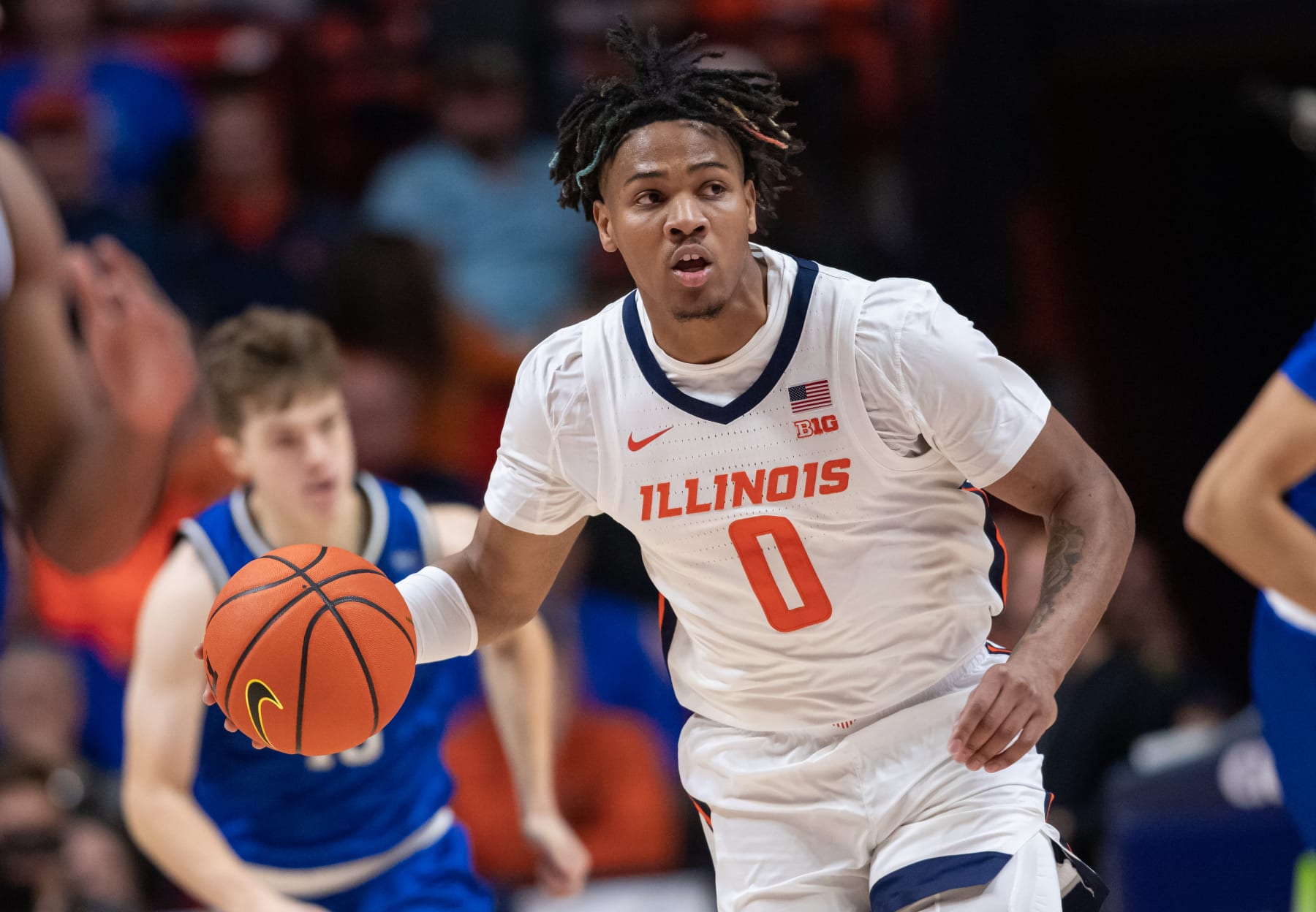
Previous Production: 10.4 PPG, 2.6 RPG, 2.0 APG, 38.4 3P% at Texas Tech in 2021-22
Why He's So Important
Illinois is almost unrecognizable from last season, forced to replace six of its seven leading scorers. The lone returnee of the bunch was power forward Coleman Hawkins, so the Illini desperately needed to add a veteran guard/wing—preferably one who could help reestablish the physical, defensive mindset that got Brad Underwood that head coaching gig in the first place.
They added Matthew Mayer and Dain Dainja from Baylor, but the biggest pickup from the transfer portal was former Texas Tech wing Terrence Shannon Jr.
Shannon was banged up last year, missing 10 games in the first half of the season and never quite looking right the rest of the way. But when he was healthy, his defense and his ability to both stretch the floor with jumpers and keep the defense honest with his slashing were big parts of what made Texas Tech so tough to deal with over the past three seasons.
Early Returns: 19.0 PPG, 6.0 RPG, 3.5 APG, 1.0 SPG, 2-of-8 from 3PT
In his first game with Illinois, Shannon matched a career high with 24 points in a blowout win over Eastern Illinois. He has already attempted 22 free throws in just two games and is leading the team in assists. Should be a great weekend in Las Vegas with Shannon and the Illini facing UCLA on Friday, followed by either Baylor or Virginia on Sunday.
9. Darrion Trammell, San Diego State

Previous Production: 17.3 PPG, 5.0 APG, 3.8 RPG, 2.5 SPG, 34.4 3P% at Seattle in 2021-22
Why He's So Important
San Diego State was one of the top mid-major teams last season, earning a No. 8 seed in the NCAA tournament.
But that was almost entirely because of defense.
On offense, the Aztecs were often "Matt Bradley or Bust." They entered the tournament with a 22-0 record when scoring more than 60 points, but they went 1-8 when held to 60 points or fewer. Thus, getting Bradley some help was a major offseason focus for head coach Brian Dutcher.
Enter: Darrion Trammell.
Not only is the former star of Seattle unafraid to let it fly from pretty much anywhere on the court, but he's a major plus in the ball-movement department, averaging at least 5.0 assists per game in each of the previous two seasons. If he can hit triples and set up Bradley for easy buckets, what a game-changer that would be for what has typically been a lackluster San Diego State offense in recent years.
Early Returns: 19.5 PPG, 2.5 APG, 2.5 RPG, 2.0 SPG, 7-of-10 from 3PT
While Bradley has gotten out to a brutal start to the year (14 points on 23 field-goal attempts), Trammell has risen to the occasion in a big way. He had 18 points and three steals in the opener against Cal State Fullerton, and then he had 16 points and three assists just in the final 12 minutes and 10 seconds of a come-from-behind victory over BYU. SDSU will be scary good when he and Bradley get cooking.
8. Grant Basile, Virginia Tech

Previous Production: 18.4 PPG, 8.5 RPG, 2.0 APG, 1.6 BPG, 28.3 3P% at Wright State in 2021-22
Why He's So Important
Keve Aluma was the heart and soul of Virginia Tech basketball over the past two seasons. The 6'9" power forward was Perry Ellis-like in his metronomic ability to put up 15 points and six rebounds while making a handful of big plays on what felt like a nightly basis.
But with Aluma out of the picture, head coach Mike Young went back to the transfer portal for a two-time All-Horizon League player well-equipped to step into that void.
Over his final 15 games at Wright State, Grant Basile averaged 20.6 points, including a 21-point effort against Arizona's loaded frontcourt in the NCAA tournament. He also went off for 23 points and 16 rebounds in a December victory over NC State.
And while he only shot 28.3 percent from deep for the season, Basile did shoot 47.6 percent from three-point range and 61.7 percent overall from the field the previous year. He simply struggled to maintain that efficiency while getting a significant uptick in volume.
Early Returns: 18.0 PPG, 6.7 RPG, 1.7 BPG, 1.3 APG, 10-of-18 3PT
The competition (Delaware State, Lehigh and William & Mary) hasn't been anything worth getting excited about, but welcome back, efficient version of Basile. He's shooting 55.6 percent from downtown, 76.9 percent inside the arc and is a perfect 4-of-4 from the free-throw line. Can't wait to see how well he fares against Armando Bacot and the No. 1-ranked Tar Heels in that early ACC clash on Dec. 4.
7. Kendric Davis, Memphis
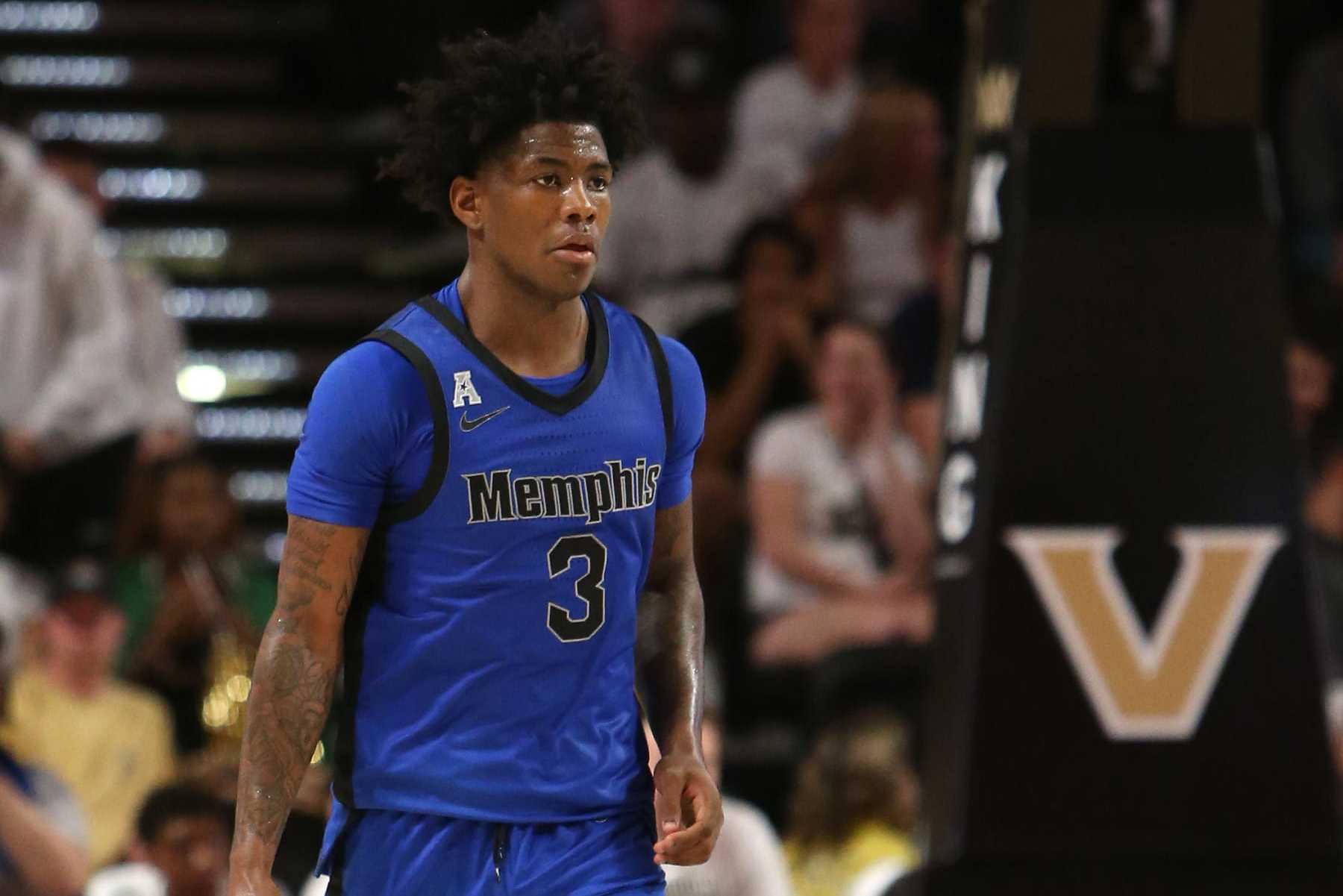
Previous Production: 19.4 PPG, 4.4 APG, 3.8 RPG, 1.5 SPG, 37.2 3P% at SMU in 2021-22
Why He's So Important
After putting together the best recruiting class in the nation in 2021, Penny Hardaway and the Memphis Tigers took a year off from the freshman-heavy life and instead dove headlong into the transfer portal for Keonte Kennedy, Elijah McCadden and, most important of all, Kendric Davis.
They needed Davis because they were desperate for an impactful, sure-handed presence at point guard. Alex Lomax simply hasn't been the answer, but letting guys like Landers Nolley II, Damion Baugh or Emoni Bates run the offense proved even more problematic, as the Tigers were one of the most turnover-prone teams in the nation over the past three years.
Davis averaged about six assists and 2.5 turnovers per game over the past three seasons while also scoring a ton and making a moderate impact on defense. He's also lethal from the free-throw line and straight-up embraces contact, which is a style of play that has been lacking at Memphis since Jeremiah Martin's final season in 2018-19.
Early Returns: 16 points, six assists, three rebounds, two steals, 2-of-6 from 3PT vs. Vanderbilt
There's only been one game thus far for Memphis, but what a debut for Davis, who constantly had the ball in his hands and stuffed the stat sheet like he routinely did over the past three seasons at SMU. It should be an exciting year for this senior-laden roster. Buckle up for the Memphis-Houston showdowns on Feb. 19 and March 5.
6. Malachi Smith, Gonzaga

Previous Production: 19.9 PPG, 6.7 RPG, 3.0 APG, 1.7 SPG, 40.7 3PT at Chattanooga in 2021-22
Why He's So Important
Drew Timme is back for yet another year of fancy footwork and mustache mojo in Spokane. Also still in the fold are a couple of double-digit scorers (Julian Strawther and Rasir Bolton) and some highly touted members of last year's recruiting class (Nolan Hickman and Hunter Sallis).
But in addition to losing a unicorn in Chet Holmgren, the Zags had to figure out how to replace Andrew Nembhard—a veteran point guard with legitimate three-point range who led the team in both assists and steals in 2021-22.
Over the past two seasons at Chattanooga, Malachi Smith was much more of an "I'll do it myself" lead guard than a selfless distributor, which wouldn't work at Gonzaga. But if he could tap into his inner Mike Smith—a lead guard who went from averaging 22.8 points per game at Columbia to 9.0 points and 5.3 assists per game as a super senior at Michigan—maybe Gonzaga could finally win that elusive national championship.
Early Returns: 10.0 PPG, 5.5 RPG, 3.0 SPG, 1.5 APG, 1-of-4 from 3PT
Though Smith didn't tally any assists on the aircraft carrier against Michigan State, he did have six steals and only attempted five shots in 30 minutes of action. He could shoot a little more often than that, but it was an impressive sign that he may have left his ball-hoggish ways in Tennessee.
5. Baylor Scheierman, Creighton
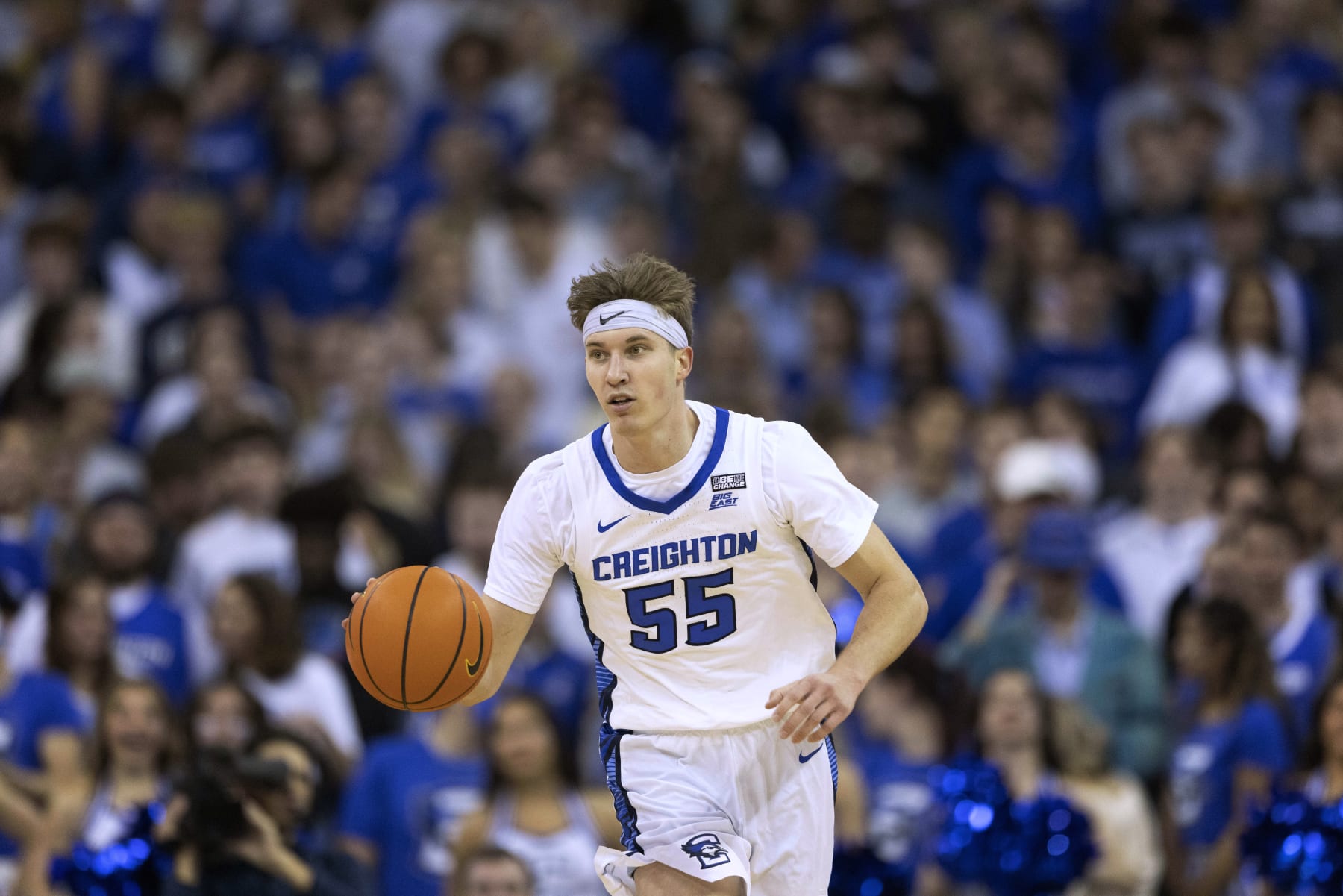
Previous Production: 16.2 PPG, 7.8 RPG, 4.5 APG, 1.3 SPG, 46.9 3P% at South Dakota State in 2021-22
Why He's So Important
The Bluejays were a dreadful three-point shooting team last season, and to make matters worse, they lost the two guys (Ryan Hawkins and Alex O'Connell) who actually could make triples with some regularity.
In Ryan Nembhard and Ryan Kalkbrenner, Creighton has a returning PG-C combo capable of doing big things. And flanking that duo with some perimeter shooters was head coach Greg McDermott's offseason mission, bringing in Baylor Scheierman from South Dakota State and former TCU shooting guard Francisco Farabello.
While it would've been nominally fitting for Scheierman to transfer to Baylor or even more so to go shoot threes for Duke and coach Jon Scheyer (man), he just might be the missing piece that propels Creighton to previously unforeseen heights.
His three-point range was the main draw, but Scheierman is a solid all-around player. In fact, he was the only one in the nation to average at least 16 points, seven rebounds and four assists per game last season.
Early Returns: 9.5 PPG, 10.0 RPG, 3.5 APG, 1.5 SPG, 5-of-13 from 3PT
One interesting early development is that Scheierman is making way more of an impact on the offensive glass. SDSU barely even bothered trying to crash the offensive glass, and as the point guard, Scheierman was always dropping back to prevent fast-break opportunities. He had 17 offensive rebounds all of last season. But now in more of a small forward role, he already has seven offensive boards this year. (He's also shooting well from distance.)
4. Mark Sears, Alabama
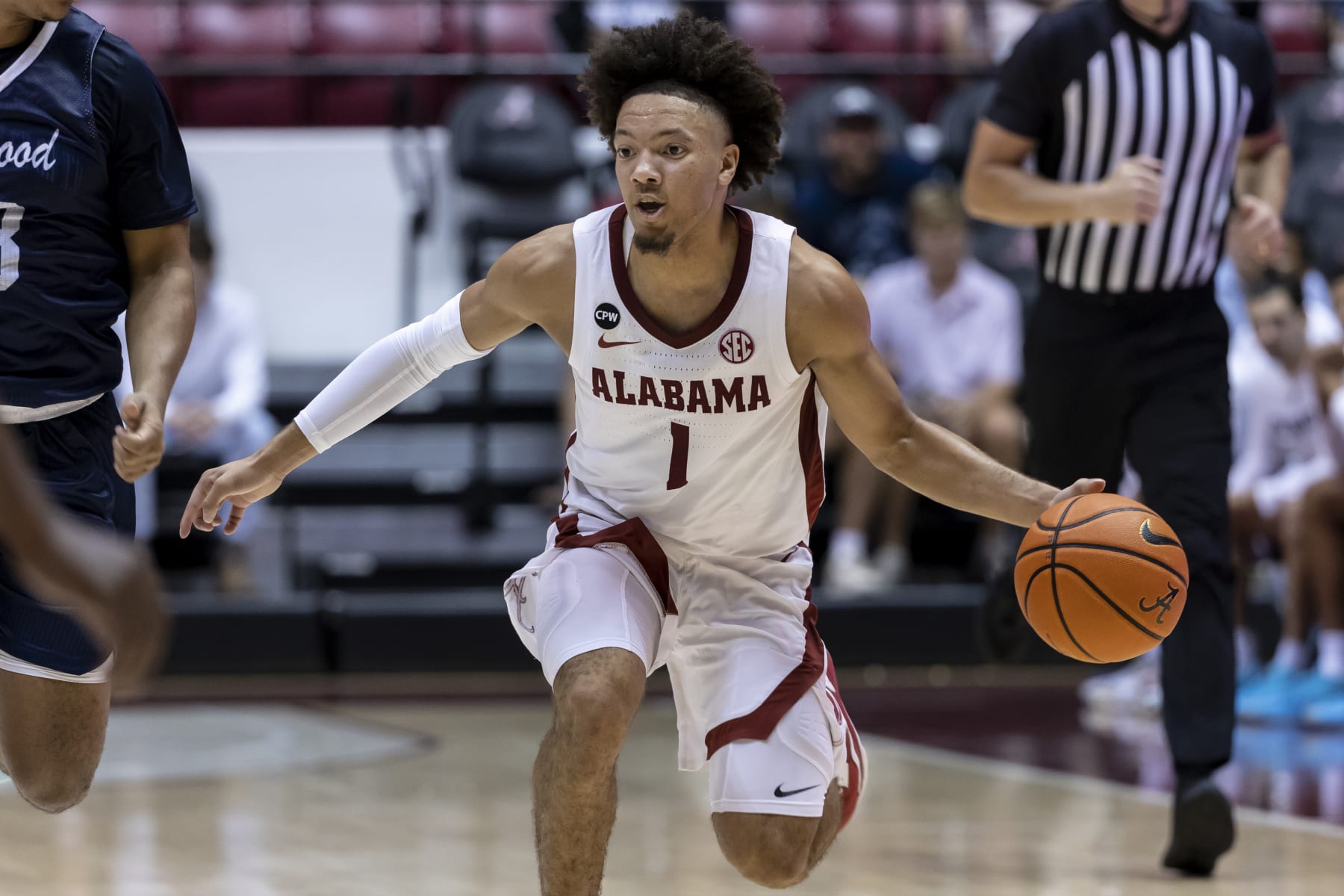
Previous Production: 19.6 PPG, 6.0 RPG, 4.1 APG, 1.7 SPG, 40.8 3P% at Ohio in 2021-22
Why He's So Important
Alabama is loaded with talent, but it is a young squad. That's especially true in the backcourt and extra worrisome until it hopefully gets Jahvon Quinerly back from a torn ACL some time next month.
Not only did the Crimson Tide need a veteran leader to run the offense but ideally one capable of hitting threes. Because with Jaden Shackelford, Keon Ellis and JD Davison all out of the picture, not a single returning player shot 30 percent or better from distance last season.
Mark Sears made perfect sense for that job.
He blossomed into a Mid-American Conference star the year after Ohio's do-it-all lead guard Jason Preston left for the NBA. Sears scored in double figures in all but two games last season, going off for a career-high 35 points in his final game against Abilene Christian. He rarely came out of games, and he provided quality defense along the perimeter and proved capable of running the fast-break attack that Alabama head coach Nate Oats loves.
Early Returns: 17.0 PPG, 9.0 RPG, 4.5 APG, 4-of-10 from 3PT
So far, so very, very good.
Sears has been a bit turnover-prone (10 through two games), but he is tied with freshman phenom Brandon Miller for the team lead in points, has more than twice as many assists as his closest teammate and has been a major factor on the glass. No steals yet, but they'll come.
3. Johni Broome, Auburn

Previous Production: 16.8 PPG, 10.5 RPG, 3.9 BPG at Morehead State in 2021-22
Why He's So Important
Simply put, replacing both Jabari Smith Jr. and Walker Kessler is hard to do.
Auburn had some internal options to do the job. Dylan Cardwell didn't log a ton of minutes last season, but the 6'11" center averaged 10.4 points, 10.4 rebounds and 4.3 blocks per 40 minutes. The Tigers also brought back 6'8" Jaylin Williams, who ranked fifth on the team in total points while averaging about 14 minutes per night.
But they needed more than that to plug the holes, so they got a 6'10" freshman phenom (Yohan Traore) and added this 6'10" frontcourt machine from the Ohio Valley Conference to become the new starting center.
Johni Broome had 22 double-doubles last season, including one darn-near triple-double (19 points, 12 blocks, nine rebounds). He blocked at least six shots on 10 occasions and should at least be able to fill that Kessler-sized void in the defensive paint.
It will be interesting to see if his dominance translates from the OVC to the SEC.
Early Returns: 7.5 PPG, 7.0 RPG, 2.0 BPG, 2.0 SPG
Broome had 12 points and four blocks in the opening win over George Mason, but he couldn't get anything going on either end of the floor in the subsequent close call against South Florida. That's good early evidence of just how key he is to Auburn's success, albeit concerning that he was neutralized by what might be the worst team in the AAC.
2. Tyrese Hunter, Texas
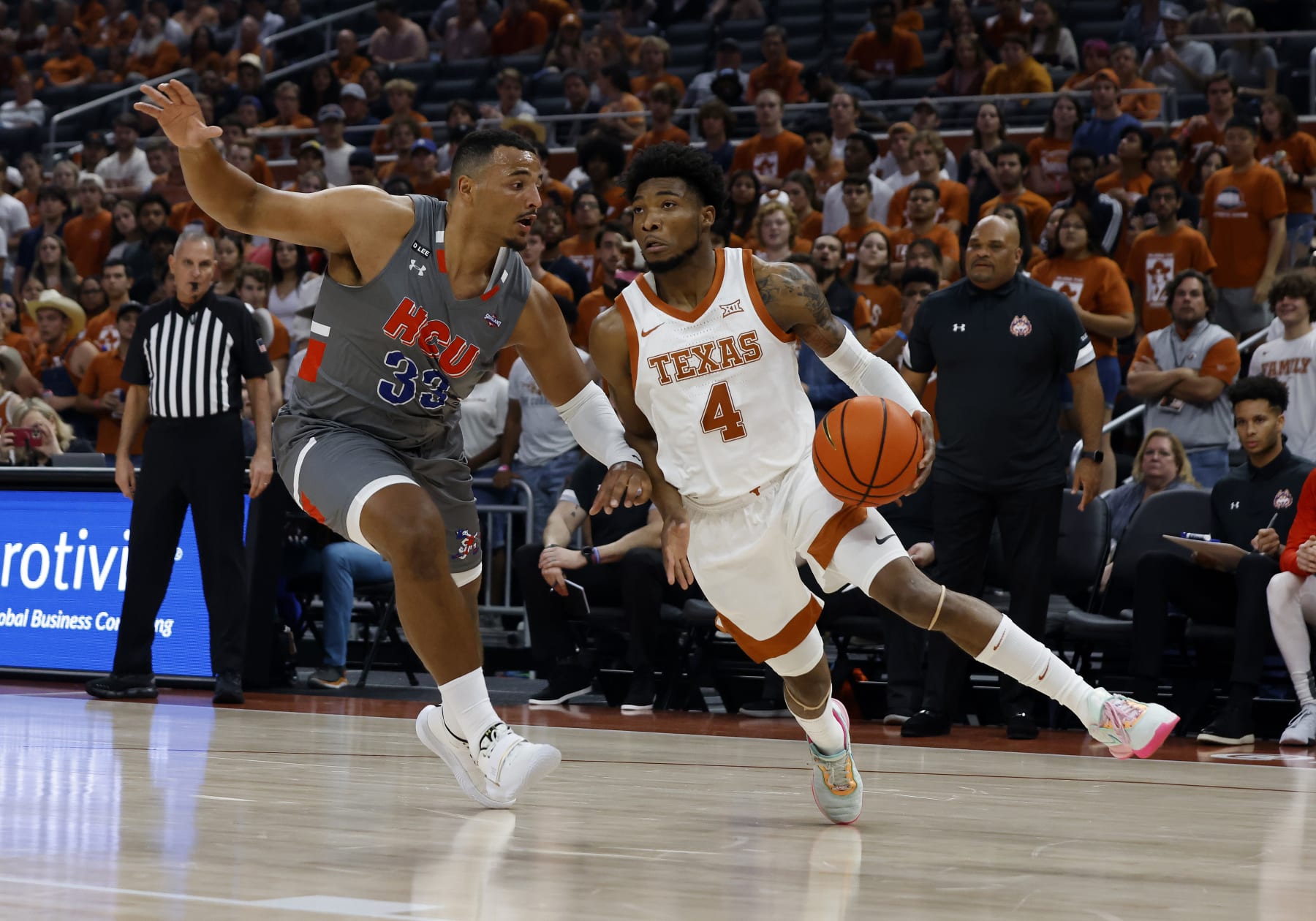
Previous Production: 11.0 PPG, 4.9 APG, 3.5 RPG, 2.0 SPG at Iowa State in 2021-22
Why He's So Important
Texas had a ton of talent last year, but what it needed was a pass-first point guard to keep everyone happy and the offense humming.
Marcus Carr was the primary ball-handler, and he was fantastic in that role over the previous two seasons at Minnesota, averaging 17.4 points and 5.7 assists per game. But the transition from singular star of the Golden Gophers to one of seven legitimate scoring options with the Longhorns in 2021-22 just didn't work out, and head coach Chris Beard had little choice but to keep letting Carr run the show and hope it eventually clicked.
With the addition of Tyrese Hunter by Carr's side, now Texas has a legitimate dual combo guard backcourt on offense, as well as what might be an elite defender at the point of attack on the other end of the floor.
Over the final eight games of his freshman season at Iowa State, Hunter averaged 6.5 assists and 2.6 steals while shooting 41.2 percent from three-point range. Pairing that version of Hunter with Carr, Timmy Allen and stud freshmen Dillon Mitchell and Arterio Morris would be lethal.
Early Returns: 14.0 PPG, 6.0 RPG, 2.0 APG, 1-7 from 3PT
On the one hand, Hunter is leading the Longhorns in scoring and making a surprising impact on the glass for a 6'0" guard. On the other hand, he hasn't shot well from distance and has just four assists and one steal through 54 minutes played. That's not quite what Texas thought it was getting, but perhaps he'll break out the goods Wednesday against Gonzaga.
1. Pete Nance, North Carolina
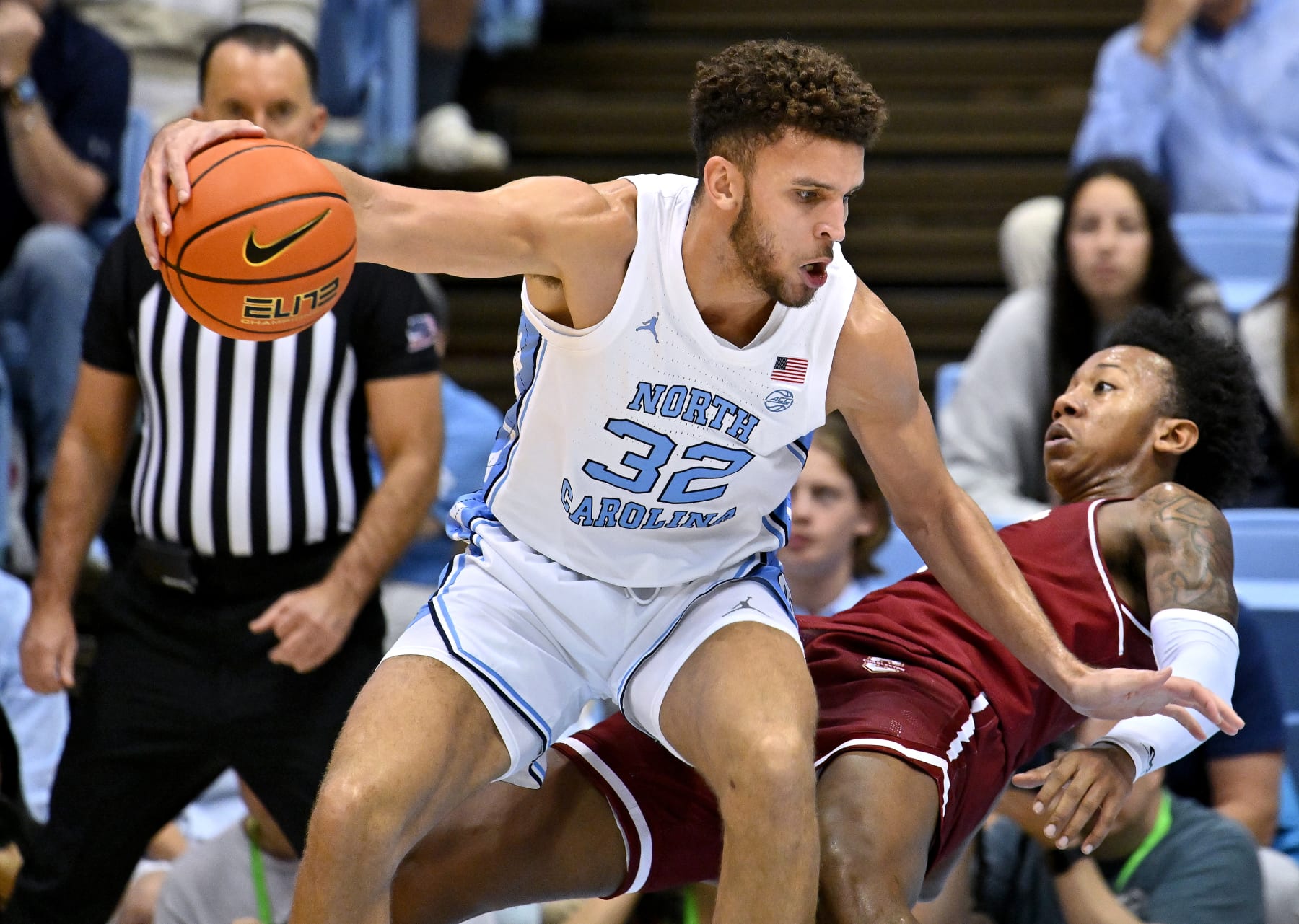
Previous Production: 14.6 PPG, 6.5 RPG, 2.7 APG, 1.1 BPG, 45.2 3P% at Northwestern in 2021-22
Why He's So Important
North Carolina brought back most of its key players from that run to the 2022 national championship game, with one gigantic exception: Brady Manek.
The fifth-year senior stretch 4 from Oklahoma was so critical to UNC's success last year, to the degree that his ejection from the second-round game against Baylor was the turning point that allowed the Bears to storm all the way back from a 25-point deficit.
If the Tar Heels could adequately replace him, a second consecutive trip to the Final Four would be feasible, if not downright probable.
And Pete Nance looks like the answer.
Nance was never the volume perimeter shooter at Northwestern that Manek was throughout his college career, but the 6'11" forward was mighty effective when he did shoot it from beyond the arc, especially over the past two seasons. He's also a decent shot-blocker, a willing passer and an above-average free-throw shooter for his size.
Early Returns: 6.5 PPG, 2.5 APG, 2.0 RPG, 2.0 BPG, 0-of-3 from 3PT
The Tar Heels don't appear to be in any rush to make Nance a focal point of the offense. Thus far, he has averaged 33.5 minutes but just 4.0 field goal attempts per game. Got to think his percentage of shots taken on the floor will spike in the near future, though. (Manek took 15 shots in his first game at UNC, for what it's worth.)
